- You have no items in your shopping cart
- Subtotal: $0.00
What is corkscrew / Wine Opener?
Corkscrews and wine openers are a necessary part of any food service establishment looking to serve wine. These tools seem like a simple subject since they only have one purpose. Yet, there are many options and the choices for the consumer vary greatly. Read on to learn more about the various types of corkscrews!
What is corkscrew used for?
A corkscrew is a tool for drawing corks from wine bottles and other household bottles that may be sealed with corks. In its traditional form, a corkscrew simply consists of a pointed metallic helix (often called the “worm”) attached to a handle, which the user screws into the cork and pulls to extract it.
If you’re a wine drinker, chances are you have a preference for a particular type of wine opener. But if you’re looking to try something new, don’t have your usual opener with you, or you’re expanding your wine collection, learning how to use different kinds of wine openers and which situations they work for are essential.
What is the best wine opener to use?
The best wine opener is largely dependent on your preferences, style, and budget. Where some wine lovers prefer smaller, portable wine openers, others may prefer bar-mounted corkscrews. Where some people love electric openers, others may prefer a more traditional approach. To find the wine opener that best matches your lifestyle, jump to the list below.
Different Types of Corkscrew Or Wine Openers & How to Use Them?
The most common types of wine openers, their use cases, and how to operate them can be found in the list below.
1. Automatic Electric Corkscrews

An Automatic electric wine opener is perfect for beginners or anyone who wants a simple, easy-to-use wine opener. Just make sure to keep it charged and ready to use.
Automatic Electric corkscrews are the easiest way to open wine bottles. Their simple push-button operation makes it possible for anyone to open a bottle of wine. These corkscrews are great for back-of-house use, and for quickly opening bottles of wine behind the bar. Electric corkscrews are ideal for anyone with arthritis or little hand strength.
How to use an electric corkscrew?
- Start by cutting the foil under the lip of the bottle, Remove the foil cutter and put it onto the bottleneck, hold tightly with fingers, rotate it around the foil seal for one to two circles, and cut off the foil seal.
- Place the bottom of the wine opener on top of the wine bottle and ensure the wine opener remains in line with the bottle as vertically as possible.
- Press the upper release button and hold for 5-7 seconds, the cork automatically comes out from the opener, releases the button, and completes the opening process.
2. Wing Corkscrew
The wing corkscrew is one of the oldest types of wine openers that are still in use today. This opener needs more applied force than other openers, making it less popular than more modern corkscrews. To use a wing corkscrew, you’ll need to screw the metal worm into the cork and then push both wings down to pop the cork out.
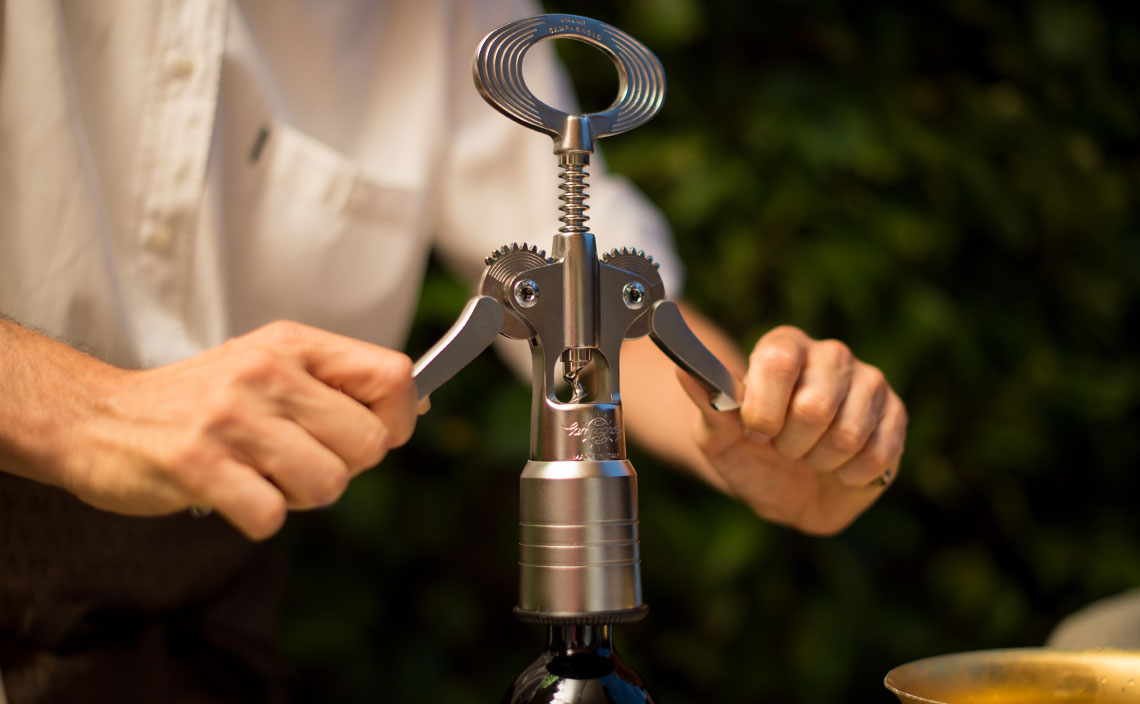
Wing, or winged, corkscrews are a popular choice for synthetic cork removal due to their ease of use. Additionally, they can be used on corks of all sizes for further versatility. Wing corkscrews are not the best choice for opening vintage wines or wines with natural, brittle corks as they can leave cork crumbs behind. With a small size and easy-to-use design, these corkscrews are great for front-of-house use by waiters.
How to use a wing corkscrew?
- Start by cutting the foil under the lip of the bottle
- Cut the foil around the neck of the bottle
- Remove the foil and insert the worm into the center of the cork
- Twist the corkscrew lever to insert the worm into the cork. Continue twisting until the wings rise all the way up
- Once the wings have risen, push down on them simultaneously to pull the cork out of the bottle
- To remove the cork from the corkscrew simply turn the handle counterclockwise
3.Wine Key and Waiter’s Corkscrew
Waiter’s corkscrews – also know as wine keys – The waiter’s corkscrew remains one of the most popular choices for wine openers thanks to its simplicity and portability.
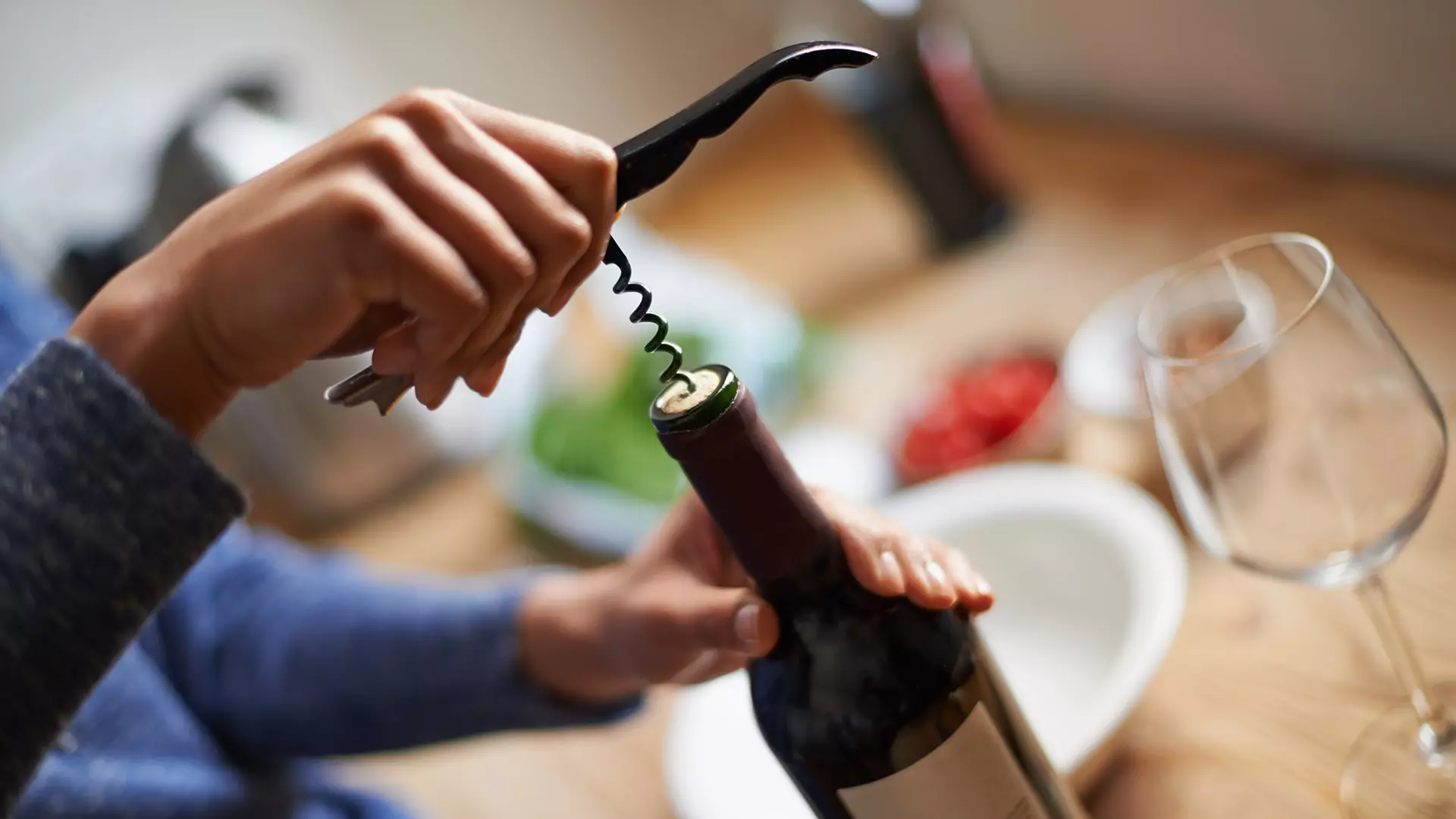
They are the standard tool of choice for most establishments. They offer the perfect blend of affordability, compact size, and functionality and are considered to be the oldest form of opening a bottle of wine. They’re perfect for front-of-house use for servers who often open and pour wine directly at tables. Many waiter’s corkscrews include bottle cap openers and foil cutter blades as well.
How to use a waiter’s corkscrew?
- Start by cutting the foil under the lip of the bottle
- Remove the foil from the bottleneck
- Place the worm on the center of the cork and twist the corkscrew to insert the worm into the cork
- Place the first, small boot lever notch on the lip of the bottle and hold it in place
- Lever the handle up to pull the cork about halfway out of the bottle
- Move the second boot lever notch to the tip of the bottle and pull the cork the rest of the way out of the bottle
- To remove the cork from the worm, reverse the corkscrew motion while holding onto the cork
4.Ah-So Cork Puller
This wine opener looks strange, but it’s a tried and true wine opening tool that can be easily stored or carried. To use, work in the two prongs between the cork and bottle. Once all the way in, twist and pull to bring out the cork. It’s also important to note that this cork puller takes considerably more strength to use than the above methods, and is a preferred tool for older corks.
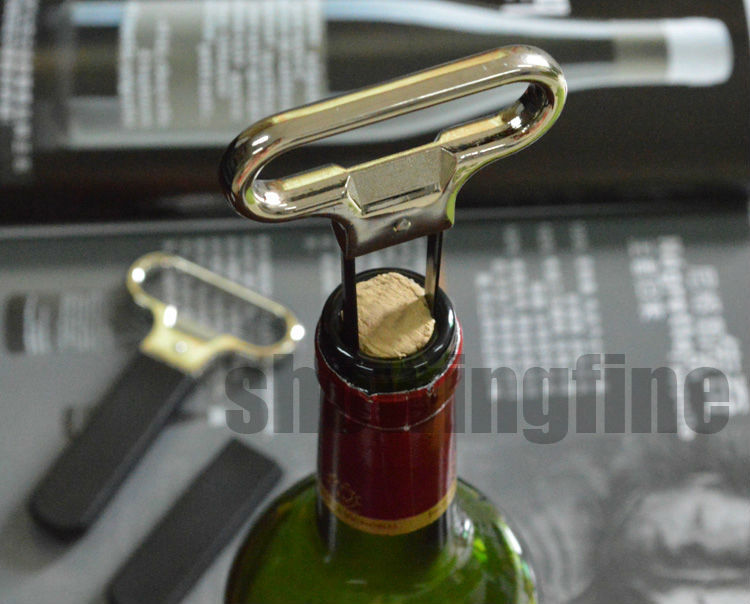
How to use Ah-So Cork Puller?
5.Wine Air Pressure Pump
This wine opener makes use of air pressure to push the cork out from the bottle. Simply insert the needle through the cork and pump until the cork is pushed from the bottle.
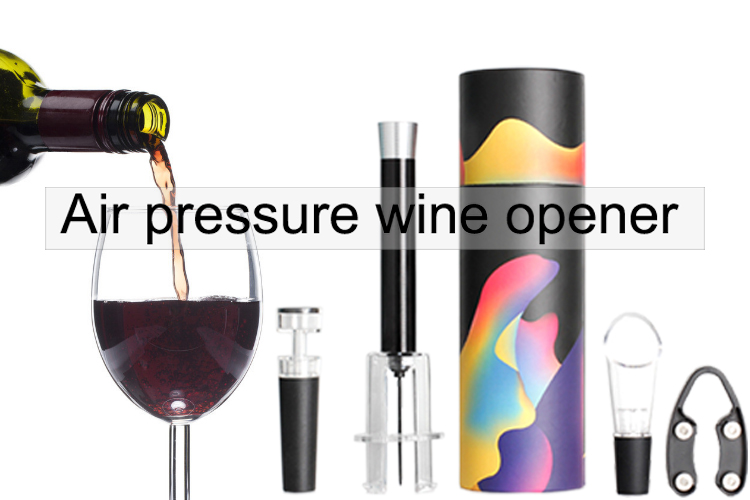
How To Use Wine Air Pressure Pump?
6.Lever Corkscrews
Lever corkscrews are quickly gaining popularity thanks to their ease of use. Most lever corkscrews only require two motions, one forward motion in which the worm is inserted into the cork and another that gently pulls the cork from the bottle. The real benefit of using a lever corkscrew is the amount of control they provide as the handle firmly holds the neck of the bottle while the corkscrew is in use. These corkscrews are great for front-of-house use, and feature a compact size to keep hidden behind the bar.
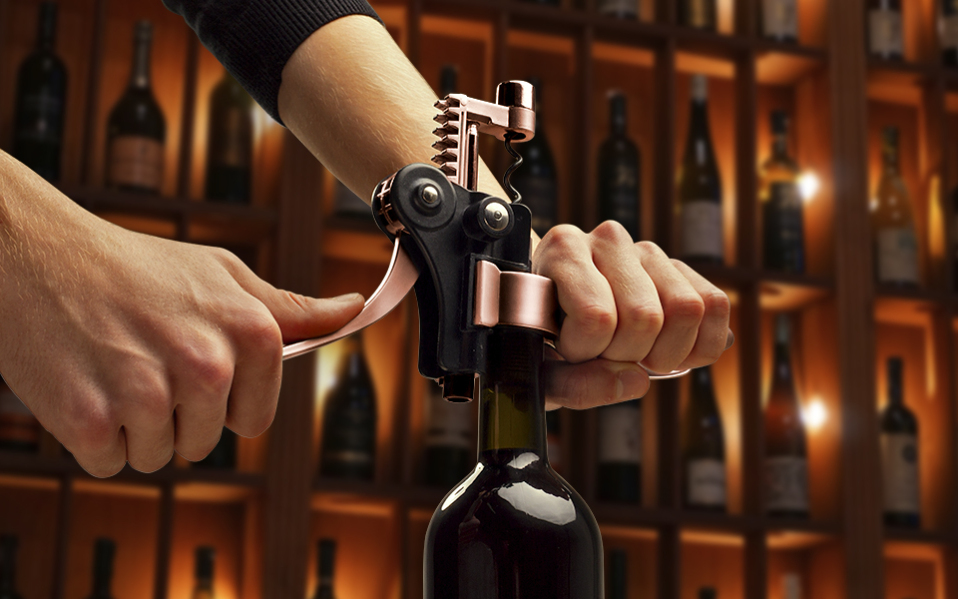
How to use a lever corkscrew?
- Start by cutting the foil under the lip of the bottle
- Remove the foil from the bottle neck
- With the lever in the up position, place the corkscrew on top of the wine bottle
- Push the lever down to insert the worm into the cork
- Once the lever is all the way down, pull the handle back up to remove the cork from the wine bottle
- To remove the cork from the worm, lift the corkscrew off the bottle and flip the handle up and down a few times
7.Wall Mount Corkscrews
Wall mount corkscrews mount to a beam or wall for optimal stability and security when removing wine corks. Wall mount corkscrews can be set for different penetration depths. This is useful for partial wine cork extraction at banquet room functions where the wine will be placed on the tables before the event begins. These corkscrews are great for back-of-house use, and ensure wine corks will not be lost or misplaced.
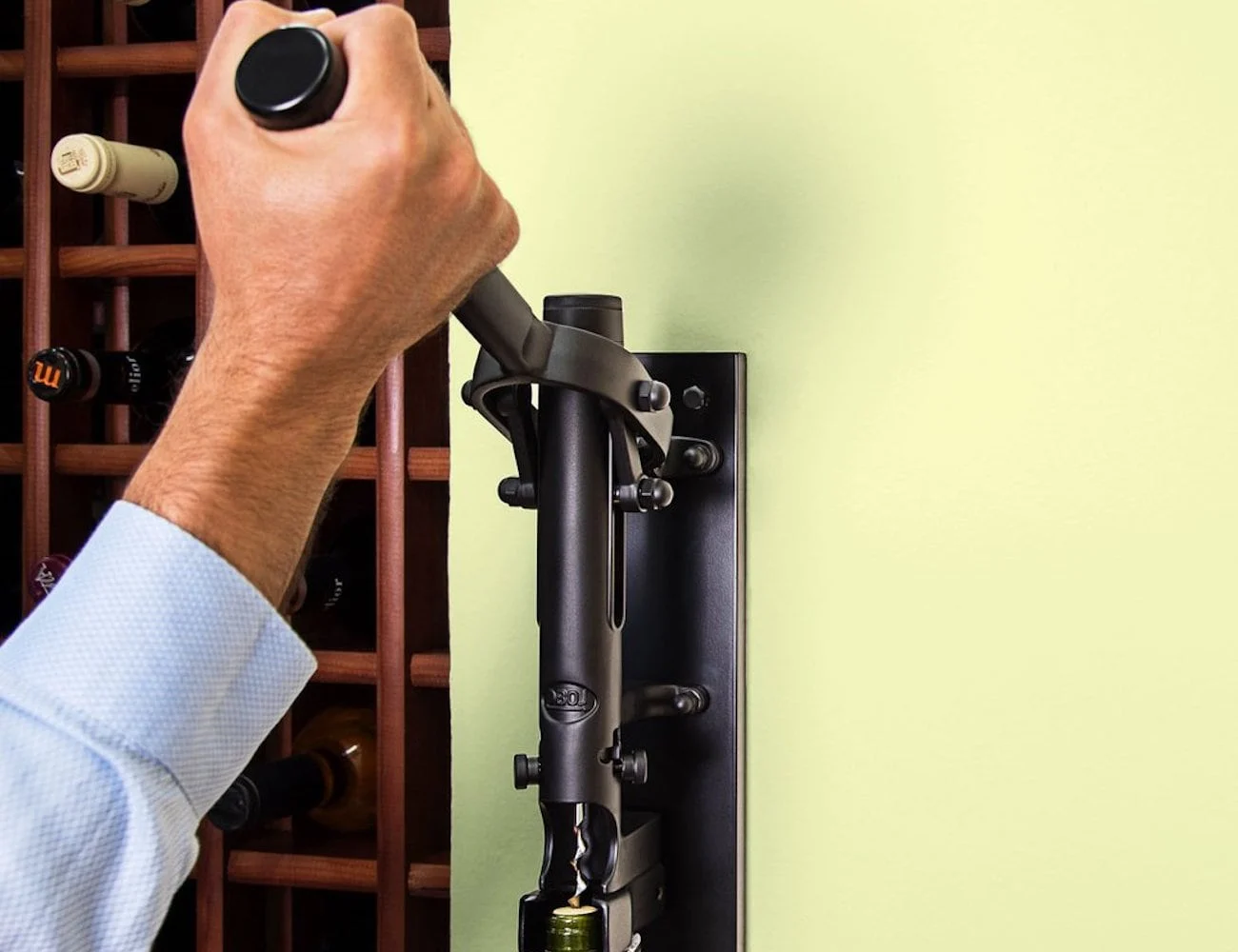
How to use a wall mount corkscrew?
- Start by cutting the foil under the lip of the bottle
- Insert the neck of the wine bottle into the cradle
- Pull down on the handle to insert the corkscrew
- Return the handle to the starting position to pull the cork out
- Once the bottle is removed from the cradle the cork will fall to the floor
8.The Durand
This is a newer style of wine opener that combines the idea behind the Ah-So and the Twist and Pull. This is the most ideal corkscrew for older, fragile corks; however, it’s also one of the more expensive options.
9.Wine Cork Extractors
Wine cork extractors feature prongs that slide down between the wine bottle and cork to remove the cork from the bottle. They’re ideally used with vintage corks made from natural cork. Best of all, extractors won’t damage vintage wine corks or cause them to break apart dropping crumbs into the wine. Due to their small size, these extractors are great for keeping behind the bar or in aprons for convenient access.
How to use a wine cork extractor?
- Start by cutting the foil under the lip of the bottle
- Firmly holding the neck of the bottle, slide the extractor prongs between the cork and the inside of the bottleneck
- Shimmy the prongs down using a left to right motion while applying light force to the handle
- Once fully inserted, twist the extractor and pull upward to remove the cork
- To remove the cork from the extractor simply slide it out from between the prongs
10.Twist And Pull Corkscrew
Less popular than some of the above options due to the larger amount of effort needed to pull out the cork, the twist and pull corkscrew came into use for its sleekness and simplicity. Just screw in the worm and pull!
11.Counter Mount Corkscrews
Counter mount corkscrews can be attached to a table or counter for sturdiness and support. Counter mount corkscrews provide additional torque and can open bottles faster and with less effort than many other types of corkscrews. Therefore, this style of corkscrew is ideal for high-volume establishments. These corkscrews are great for back-of-house use, and attach easily to bars for a convenient way to open bottles of wine.
How to use a counter mount corkscrew?
- Start by cutting the foil under the lip of the bottle.
- Insert the wine bottle in the corkscrew.
- Pull down on the handle to insert the corkscrew worm.
- Release the handle to uncork the wine bottle.
- Return the handle to the up position and the cork will fall off the worm.
Anatomy of a Corkscrew
There are many different types and styles of corkscrews. Despite their differences in styles, corkscrews generally at least have a corkscrew worm, handle, and boot lever to remove corks. Additional features, such as foil cutters and bottle cap removers are also common components found on some styles of corkscrews.
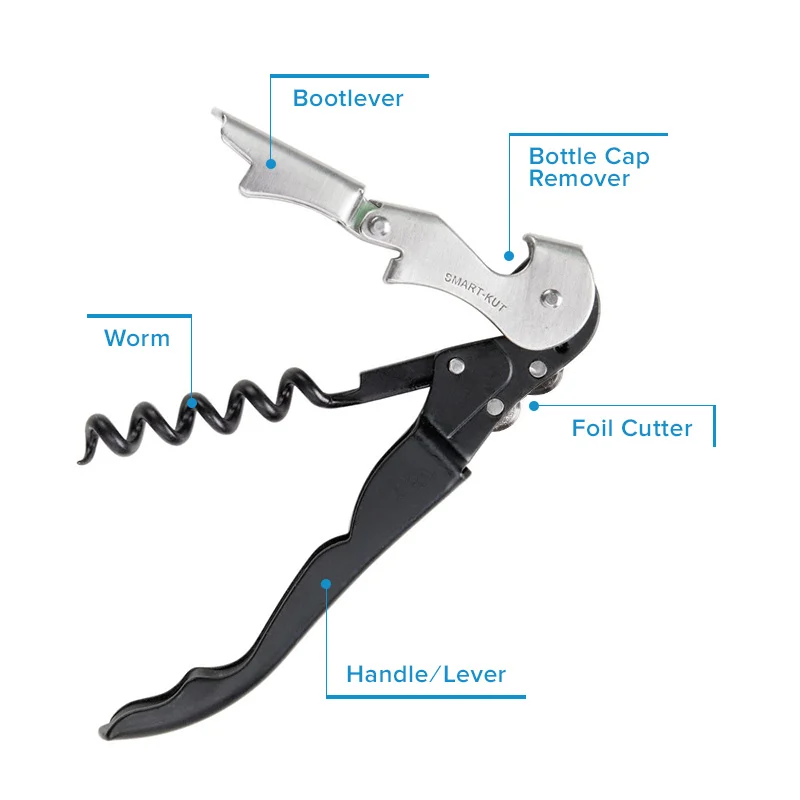
- Corkscrew worm: a single metal helix that drives into a wine cork to remove it from the bottle. The helix grabs the cork as it is twisted in so that the cork can be fully removed from the wine bottle.
- Corkscrew handle: provides the leverage and grip necessary to remove corks from the wine bottle. Handle styles, lengths, and materials vary greatly across the different types of corkscrews.
- Corkscrew boot lever: provides additional leverage to pull wine corks out of wine bottles. Bootlevers are primarily found on waiter’s corkscrews.
- Foil cutter: generally small, serrated blades or wheels that are used to slice open the protective foil covering at the top of the wine bottle.
- Bottlecap remover: transforms a corkscrew from simply being able to open wine to popping the tops off beer or soda bottles. Bottlecap removers are available in many styles of corkscrews.
What to Consider When Purchasing a Corkscrew?
If you’ve ever cursed at a cork that won’t come out because the corkscrew went in crooked, or tiny bits of mangled cork found its way into your wineglass, you know the value of a good corkscrew. Wing-style wine openers are small enough to fit in a drawer and are easy to use. Eared openers require only a push and a pull of a lever to fully remove a cork. Electric corkscrews work via push-button and are perfect for wine drinkers who have arthritis or carpal tunnel syndrome. Here are a few pros and cons of each design.
Four Things to Consider Before Buying a Wine Opener
- Ease of Use:
Hand pressing handle on stainless steel counter mount corkscrew down into wine cork
The first thing to take into consideration when purchasing a wine opener or corkscrew is its ease of use. A corkscrew that is hard to use may result in cork crumbs in the wine, broken corks, or you may end up unable to remove the cork. Because of this, many large operations have moved towards the counter mount, wall mount, or electric corkscrews as these styles make cork removal incredibly easy for everyone. - Cork Type:
Different types of corkscrews excel at removing different types of cork. To start, there are two types of wine corks: synthetic and natural cork. Synthetic corks are denser than natural corks, which requires more force to twist the worm into the cork. The advantage of synthetic corks is that they are less likely to break apart during extraction. Natural corks are more brittle and sensitive to removal than synthetic corks. The advantage of natural corks is that they properly age wines stored over long periods of time. - Cost:
Smaller operations or establishments with sommeliers or staff trained in wine cork removal may opt for a pocket or waiter’s corkscrew. These corkscrews are generally less expensive than other styles and are inexpensive to replace. Large, high-volume operations should consider the more expensive wall-mount, counter mount, and electric corkscrews as these styles make opening many bottles at a time quick and easy, which helps recoup their cost in saved labor. Stainless steel waiters corkscrew - Size:
Smaller corkscrews, such as waiters and pocket corkscrews, are a great choice for staff on the move. These corkscrews easily fit inside an apron or pants pocket and are lightweight. Larger corkscrews, such as electric, counter mount, and wall mount corkscrews, are better suited for a single location where staff carries wine bottles to the corkscrew to open them. These larger corkscrews are often faster and easier to use than smaller corkscrews.
Expert Tips
What is the best type of wine bottle opener?
Best Overall: Automatic Electric Wine Bottle Opener
What is the easiest wine opener?
Automatic Electric Corkscrew
What type of corkscrew is best for removing synthetic corks?
A wing corkscrew is an excellent choice for removing synthetic corks. They provide more leverage than other types of corkscrews to make tight fitting synthetic corks easier to remove.
What type of corkscrew is best for removing natural corks?
Natural corks can become sensitive or brittle with age. Therefore, if you’re opening a lot of vintage wines look to an extractor or lever style corkscrew. These types of corkscrews are less likely to break a cork apart leaving cork crumbs.
How can I remove broken corks that fall inside the wine bottle?
Consider using a cork retriever. Simply hold the prongs together, insert the device into your bottle, and push down on the top to open the prongs. Once the prongs are situated around the cork, pull up on the device. The prongs will close automatically around the cork, pulling it to safety outside the bottle and saving your beverage!
What is the Best Preserver for Wines?
Best Preserver: Two Wine Preservation System.
More Helpful Wine Opener product Links:
-
Product on sale
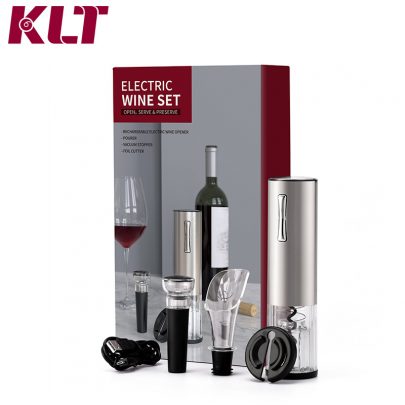 Rechargeable Stainless Steel Electric Wine Opener Gifts SetOriginal price was: $36.00.$29.00Current price is: $29.00.
Rechargeable Stainless Steel Electric Wine Opener Gifts SetOriginal price was: $36.00.$29.00Current price is: $29.00. -
Product on sale
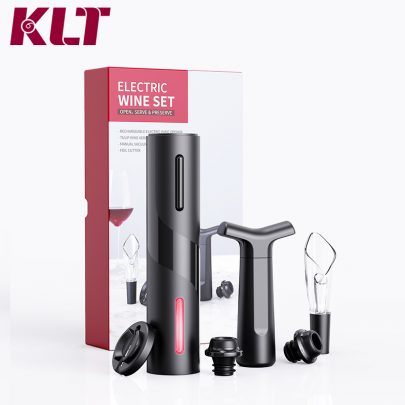 Rechargeable Cordless Electric Wine Bottle Opener AutomaticOriginal price was: $36.00.$29.00Current price is: $29.00.
Rechargeable Cordless Electric Wine Bottle Opener AutomaticOriginal price was: $36.00.$29.00Current price is: $29.00. -
Product on sale
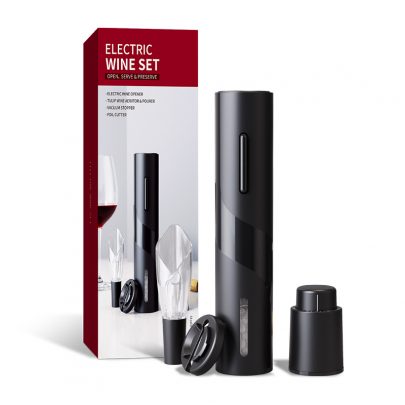 Rechargeable Automatic Electric Wine Opener Wine Gift SetOriginal price was: $36.00.$28.00Current price is: $28.00.
Rechargeable Automatic Electric Wine Opener Wine Gift SetOriginal price was: $36.00.$28.00Current price is: $28.00. -
Product on sale
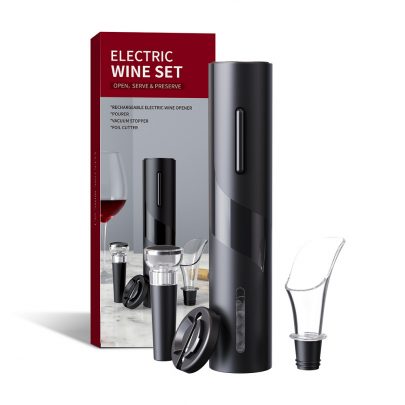 Rechargeable Corkscrew Electric Wine Opener Wine Gift SetOriginal price was: $36.00.$28.00Current price is: $28.00.
Rechargeable Corkscrew Electric Wine Opener Wine Gift SetOriginal price was: $36.00.$28.00Current price is: $28.00. -
Product on sale
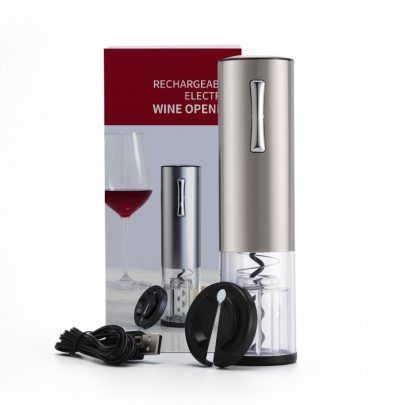 Rechargeable Stainless Steel Electric Wine Opener SliverOriginal price was: $36.00.$27.00Current price is: $27.00.
Rechargeable Stainless Steel Electric Wine Opener SliverOriginal price was: $36.00.$27.00Current price is: $27.00. -
Product on sale
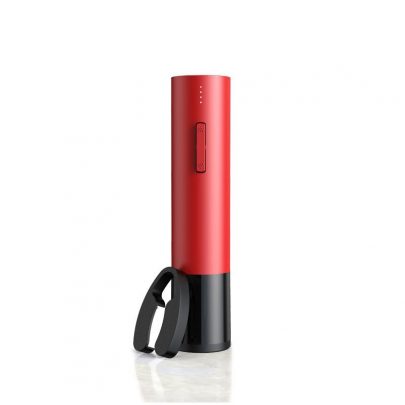 Rechargeable Electric Wine Bottle Opener RedOriginal price was: $36.00.$27.00Current price is: $27.00.
Rechargeable Electric Wine Bottle Opener RedOriginal price was: $36.00.$27.00Current price is: $27.00. -
Product on sale
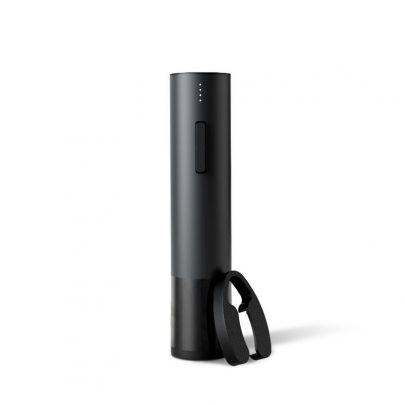 Rechargeable Stainless Steel Corkscrew Automatic Wine OpenerOriginal price was: $36.00.$27.00Current price is: $27.00.
Rechargeable Stainless Steel Corkscrew Automatic Wine OpenerOriginal price was: $36.00.$27.00Current price is: $27.00. -
Product on sale
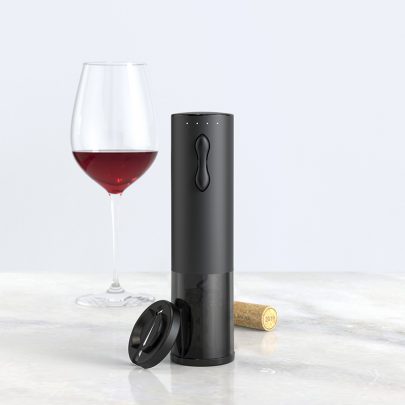 Mini Stainless Steel Rechargeable Electric Wine Opener BlackOriginal price was: $36.00.$27.00Current price is: $27.00.
Mini Stainless Steel Rechargeable Electric Wine Opener BlackOriginal price was: $36.00.$27.00Current price is: $27.00. -
Product on sale
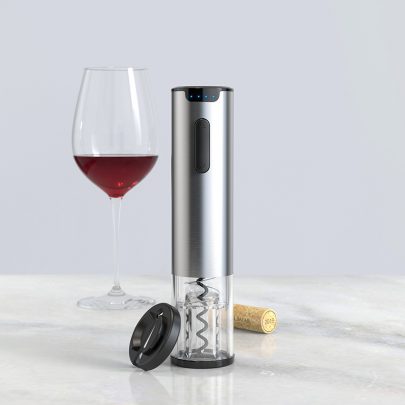 Mini Stainless Steel Rechargeable Electric Wine OpenerOriginal price was: $36.00.$27.00Current price is: $27.00.
Mini Stainless Steel Rechargeable Electric Wine OpenerOriginal price was: $36.00.$27.00Current price is: $27.00.


